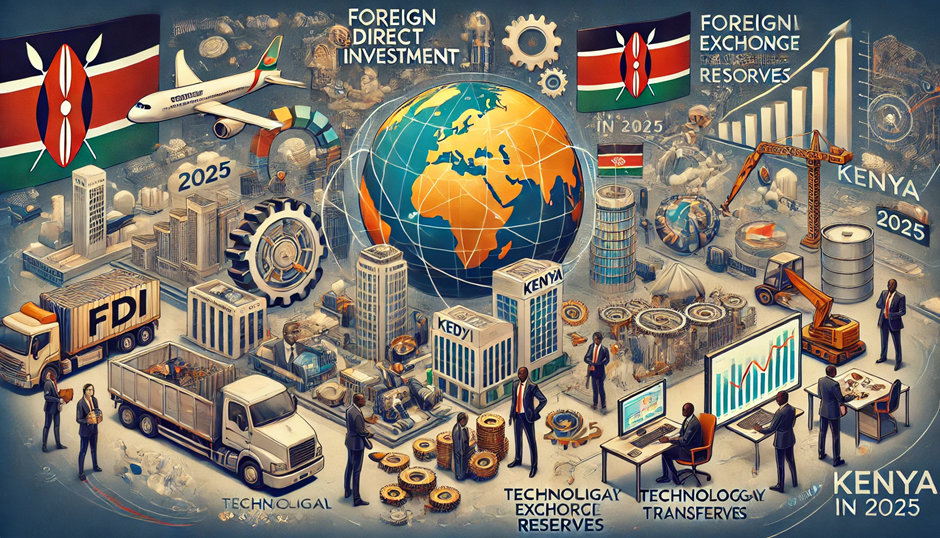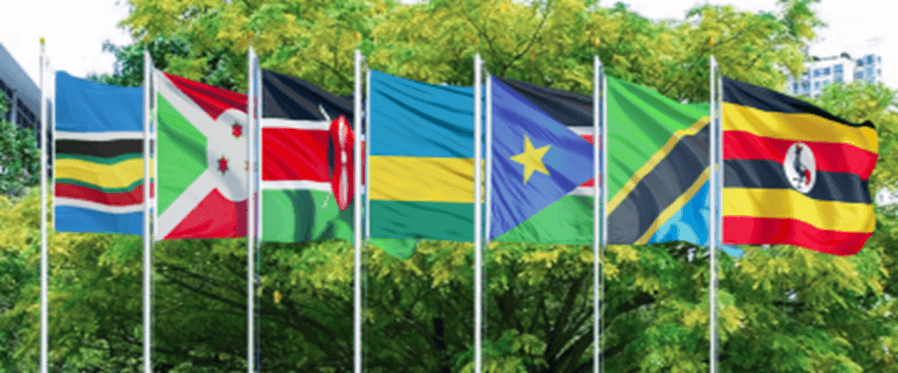
Kenya’s Strategic Role in East African Trade Agreements

Source: Kenyan Wall Street
Trade agreements are the backbone of economic integration in East Africa, fostering regional cooperation, reducing trade barriers, and boosting economic growth. Kenya, as one of the region’s most dynamic economies, has consistently played a strategic role in shaping these agreements. From its historical leadership in the East African Community (EAC) to its active participation in the African Continental Free Trade Area (AfCFTA), Kenya has positioned itself as a trade hub for the region.
This blog delves into Kenya’s trade leadership, its participation in key trade agreements, the role of infrastructure, and the sectors driving its regional trade. It also examines the challenges Kenya faces and outlines its future trade strategy to maintain its pivotal role in East Africa.
Kenya’s Trade Leadership in East Africa
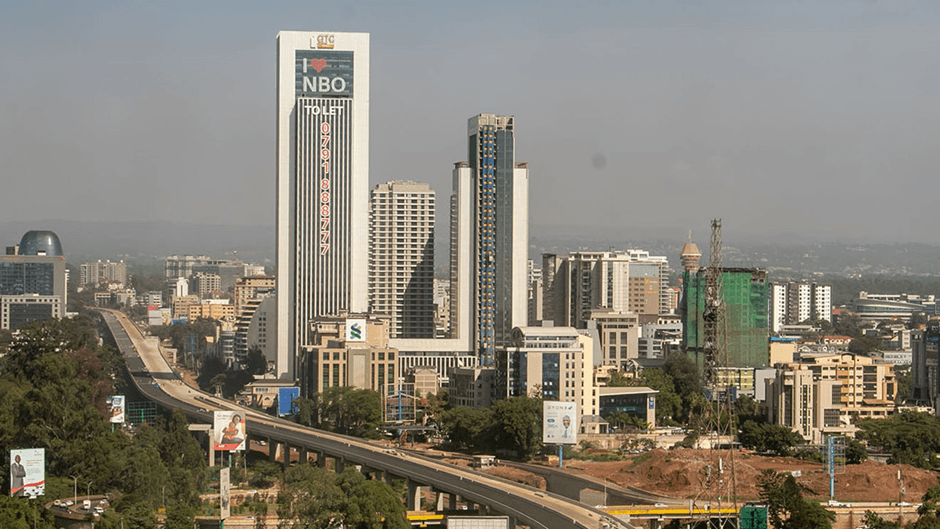
Source: Visit Nairobi
Historical Role
Kenya has long been a cornerstone of East African trade. As a founding member of the EAC in 1967, Kenya has championed regional integration. Its capital, Nairobi, is a hub for multinational corporations and regional headquarters, solidifying its status as a commercial and financial center.
Current Trade Volume
Kenya’s trade volume underscores its regional significance. In 2022, Kenya’s total trade with EAC member states reached $3.5 billion, accounting for 25% of its total trade. Uganda, Tanzania, and Rwanda are among its top regional partners. Beyond East Africa, Kenya trades extensively with the European Union, China, and the United States.
Key Partners
Kenya’s trade relationships are diverse. Regionally, Uganda is its largest export destination, primarily for agricultural products like tea and coffee. Globally, China is a critical partner, supplying machinery and electronics while importing Kenyan tea and horticultural products.
Major Trade Agreements & Kenya’s Participation
African Continental Free Trade Area (AfCFTA)

Source: OkayAfrica
Kenya is a key player in AfCFTA, which aims to create a single continental market for goods and services. As one of the first countries to ratify the agreement, Kenya sees AfCFTA as an opportunity to expand its export markets. The agreement could increase Kenya’s intra-African trade by 50%, particularly in sectors like agriculture and manufacturing.
East African Community (EAC)
The EAC is central to Kenya’s trade strategy. The bloc’s Customs Union and Common Market protocols have facilitated the free movement of goods, services, and labor. Kenya’s exports to EAC countries grew by 15% in 2022, driven by manufactured goods and agricultural products.
Common Market for Eastern and Southern Africa (COMESA)
Kenya’s participation in COMESA has opened access to a market of over 500 million people. The COMESA Free Trade Area has reduced tariffs on Kenyan exports, boosting trade with countries like Egypt and Ethiopia.
Bilateral Treaties
Kenya has signed numerous bilateral trade agreements, including with the United States under the African Growth and Opportunity Act (AGOA). These treaties have enhanced Kenya’s access to international markets, particularly for textiles and apparel.
Infrastructure & Logistics
Mombasa Port

Source: Pinterest
Mombasa Port is the gateway to East Africa, handling over 35 million tons of cargo annually. It serves landlocked countries like Uganda, Rwanda, and South Sudan, making Kenya a critical logistics hub. Recent expansions have increased the port’s capacity, reducing congestion and improving efficiency.
Standard Gauge Railway (SGR)

Source: International Railway Journal
The SGR has revolutionized Kenya’s logistics landscape. Connecting Mombasa to Nairobi and Naivasha, the railway has reduced cargo transit times and costs. Plans to extend the SGR to Uganda and Rwanda will further enhance regional trade.
Airports and Road Networks
Jomo Kenyatta International Airport is a major cargo hub, facilitating the export of perishable goods like flowers and fresh produce. Kenya’s road networks, including the Northern and Southern Corridors, provide vital links to neighboring countries.
Key Sectors Driving Kenya’s Regional Trade
Agriculture
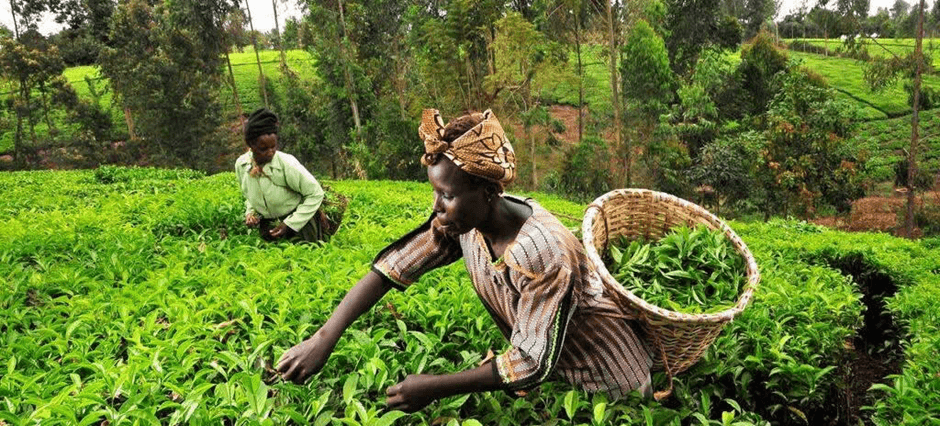
Source: Tea Board of Kenya
Agriculture is the backbone of Kenya’s economy, contributing 25% of GDP. Kenya is a leading exporter of tea, coffee, and horticultural products. The horticulture sector alone earned $1.2 billion in 2022, with flowers being a top export to Europe.
Manufacturing
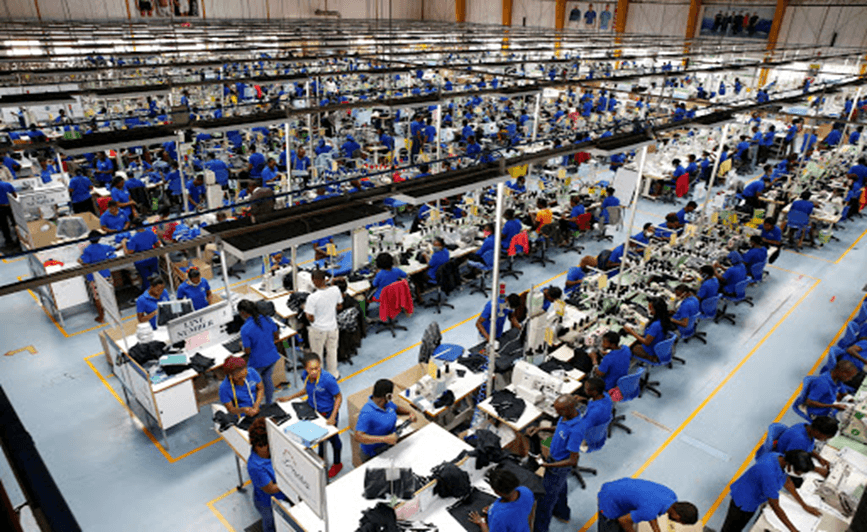
Source: The Star
Kenya’s manufacturing sector contributes 10% of GDP. The country exports processed foods, textiles, and construction materials to regional markets. The government’s “Buy Kenya, Build Kenya” initiative aims to boost local manufacturing and reduce import dependency.
Technology
Kenya is a regional leader in technology and innovation. The country’s Silicon Savannah has attracted global tech giants, while mobile money platforms like M-Pesa have revolutionized financial services. Kenya’s tech exports, including software and IT services, are growing rapidly.
Financial Services
Nairobi is the financial capital of East Africa, hosting the region’s largest banks and stock exchange. Kenya’s financial services sector facilitates cross-border trade by providing credit, insurance, and payment solutions.
Geopolitical & Economic Challenges
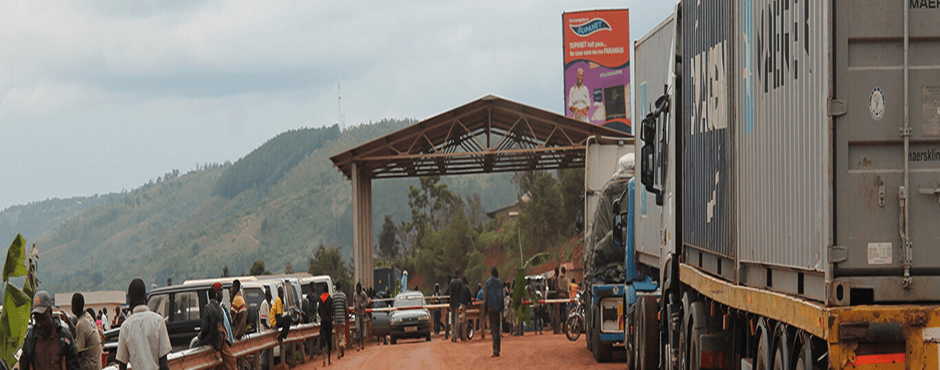
Source: TradeMark Africa
Cross-Border Trade Barriers
Non-tariff barriers, such as cumbersome customs procedures and differing standards, hinder regional trade. For example, Kenyan milk exports to Uganda have faced periodic bans due to disputes over quality standards.
Economic Volatility
Kenya’s economy is vulnerable to external shocks, such as fluctuating commodity prices and global economic downturns. The COVID-19 pandemic disrupted supply chains and reduced demand for Kenyan exports.
Policy Gaps
Inconsistent trade policies and corruption have undermined Kenya’s trade potential. Delays in implementing regional agreements, such as the EAC Common External Tariff, have also created uncertainty for businesses.
Kenya’s Future Trade Strategy

Source: Telecom Review Africa
Growth Opportunities
Kenya can leverage AfCFTA to access new markets in West and North Africa. The agreement presents opportunities for value-added exports, such as processed foods and textiles.
Trade Diversification
Reducing reliance on traditional exports like tea and coffee is crucial. Kenya can explore emerging sectors like renewable energy, pharmaceuticals, and digital services.
Regional Economic Integration
Kenya must deepen its commitment to regional integration by addressing non-tariff barriers and harmonizing trade policies. Strengthening infrastructure links, such as the SGR extension, will enhance connectivity and trade efficiency.
Conclusion
Kenya’s strategic role in East African trade agreements is undeniable. Its leadership in the EAC, COMESA, and AfCFTA, coupled with its robust infrastructure and diverse economy, positions it as a regional trade powerhouse. However, challenges such as cross-border barriers and economic volatility must be addressed to unlock Kenya’s full potential.
By leveraging growth opportunities, diversifying its trade portfolio, and deepening regional integration, Kenya can solidify its position as the gateway to East Africa and a key player in Africa’s economic transformation.
Reference:
- AfCFTA Implementation Report: https://au-afcfta.org/official-documents/
- East African Community (EAC) Trade Reports: https://www.eac.int/trade
- Kenya National Bureau of Statistics (KNBS) Economic Survey: https://www.knbs.or.ke/economic-survey/
- World Bank Kenya Economic Updates: https://www.worldbank.org/en/country/kenya/publication/kenya-economic-update
- UNCTAD Trade and Development Report: https://unctad.org/tdr
- Kenya Ports Authority (KPA) Reports: https://www.kpa.co.ke/
- Central Bank of Kenya Financial Reports: https://www.centralbank.go.ke/
- COMESA Trade Statistics: https://www.comesa.int/trade/

